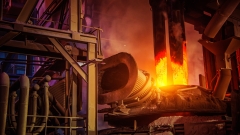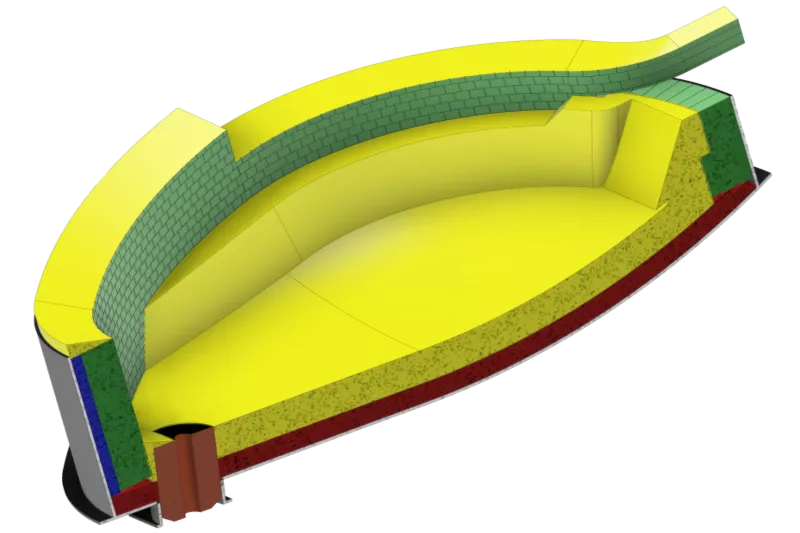
How Does an Electric Arc Furnace Work?
Steelmaking processes have changed dramatically in recent years. Core drivers behind this evolution are growing steel demand and new global sustainability efforts.
Since blast furnaces consume large amounts of metallurgical coke, manufacturers increasingly seek alternative steelmaking processes.
Saint-Gobain Performance Ceramics & Refractories has supplied high-value-added solutions for the blast furnace route for decades. We are committed to helping manufacturers innovate towards reduced CO2 steelmaking processes. Part of that approach is the ceramic cup, a key element increasing blast furnace lifetime up to 15-20 years while reducing energy consumption. We are also actively involved in research and development (R&D) initiatives centered around developing differentiated offerings in the field.
By using electricity (and optionally solid fuel), the electric arc furnace is a key process in this evolution toward less CO2 emission-intensive steelmaking processes. We are deeply involved in supporting our customers through this constant and rapid transition towards more sustainable and effective processes with adapted refractory solutions.
Principles of an Electric Arc Furnace

Refractory wear sources in EAF
Refractory materials are essential to electric arc furnace operation. They act as the containment system for liquid steel, reaching temperatures up to 1500°C.
If well-designed, refractories ensure chemical, mechanical, and thermal stability to protect the vessel's integrity over time.
The type of refractory lining considered in an electric arc furnace per area depends on the corresponding loading conditions. Major wear processes involved in EAF operations are:
- Erosion due to scrap charging
- Corrosion by oxidizing basic slags
- Oxidation by atmosphere and burners
- Thermal shock (arc radiation generating hot spots) and cycling
- Hydration from potential leakage of water-cooled panels.
With decades of hands-on expertise leveraging high-performance refractories throughout manufacturing lines, Saint-Gobain Performance Refractories & Ceramics provides different qualities of refractories to help match the expected type of wear in the long term.
We design, manufacture, and distribute materials and solutions that are key ingredients for the future of the steelmaking industry. They offer practicality, performance and safety while meeting the challenges of durability, resource efficiency and climate change.